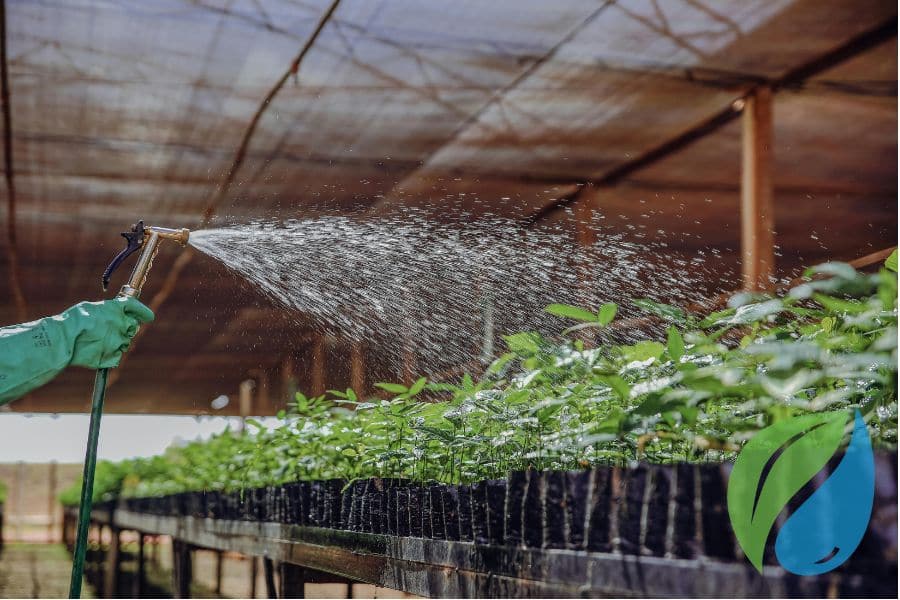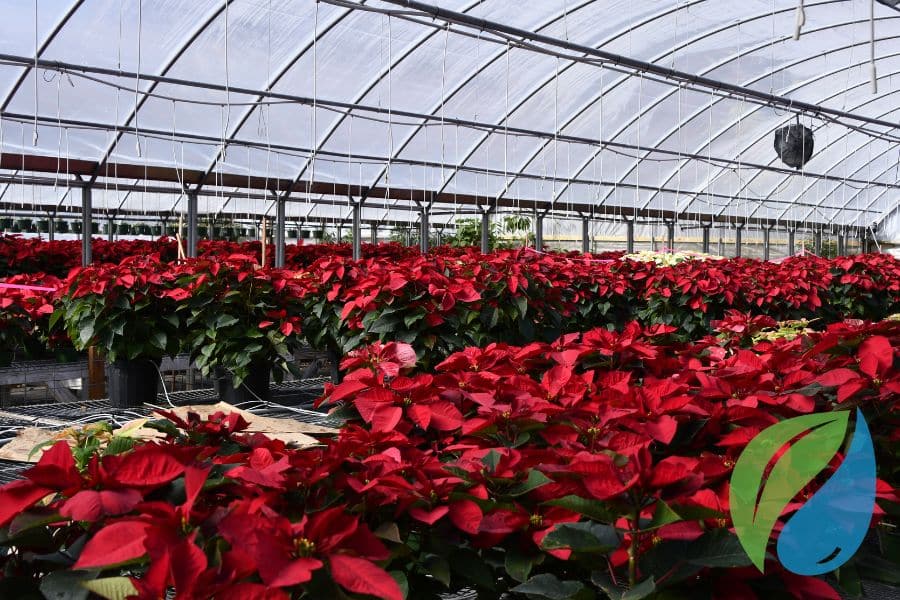Tomatoes are the most common greenhouse vegetable crop, and it’s easy to see why. There’s strong, year-round demand for high-quality fruits and lots of varieties to choose from. Additionally, tomatoes thrive in the highly controlled environment a greenhouse provides. Here’s a closer look at growing profitable greenhouse tomatoes.
Why Greenhouse Tomatoes Are Profitable
Tomatoes are the ideal choice for many greenhouse growers looking to diversify their crops. They are heat-loving plants that thrive in greenhouse conditions. Greenhouse-grown tomatoes are more uniform in shape, size, and color than their field-grown counterparts, and they have better disease resistance. What’s more, greenhouse-grown tomatoes are never picked green and gassed with ethylene to ripen, resulting in superior taste and nutrition.
Greenhouse growers can easily incorporate several different varieties of tomatoes into their operations to diversify offerings and maximize profits. Cherry, grape, beefsteak, and on-the-vine tomatoes all do well indoors and are in high demand with consumers year-round.
Profitable Greenhouse Tomatoes Best Practices
Here are a few tips for growing profitable greenhouse tomatoes and getting the most out of your investment.
- Purchase high-quality, hybrid seed.
- Focus on proven varieties developed for greenhouse growing. “Trust” is the most common variety in the US today.
- Give each plant at least 4 square feet of space. Density does not improve yield with tomatoes.
- Maintain a pH between 5.6 and 5.8 if you’re growing in aggregate media.
- Use an EC meter to measure fertilizer levels. Keep levels between 1.0 and 3.0 millimhos.
- Manual pollination should be done every other day when relative humidity is lowest.
- Keep good records for planting, harvesting, fertilizing, and disease control.
- Start modestly. Starting too big is the number one reason for failure for most growers.
Things to Know About Growing Greenhouse Tomatoes
Tomatoes are a time-intensive crop. We recommend growers expect to devote 20 man-hours per week to each 24 x 96-foot bay of tomatoes.
Remember that there are no bees to pollinate your greenhouse crops, so you will need to manually or mechanically pollinate your crops. What’s more, your greenhouse may get too hot in the summer (90 degrees is too hot for tomatoes to fruit). You may need to invest in cooling or switch to a different crop during the summer months.
Growing Healthy Greenhouse Tomatoes
Disease prevention is an important factor in the success of your greenhouse tomato operation. Sanitation is the first step in fighting disease and insect pests. Use of a broad-spectrum bactericide and fungicide like Phyton 35 is an excellent foundation for disease prevention. You can rotate Phyton 35 with other fungicides to minimize resistance risk.
Keeping insect pests out of the greenhouse and using sanitizing products to keep the greenhouse clean will pay off in terms of reduced disease risk, healthy plants, and higher yields.
For more information about Phyton 35 and other greenhouse sanitation solutions that are safe for ornamentals and edible crops, visit phytoncorp.com.




